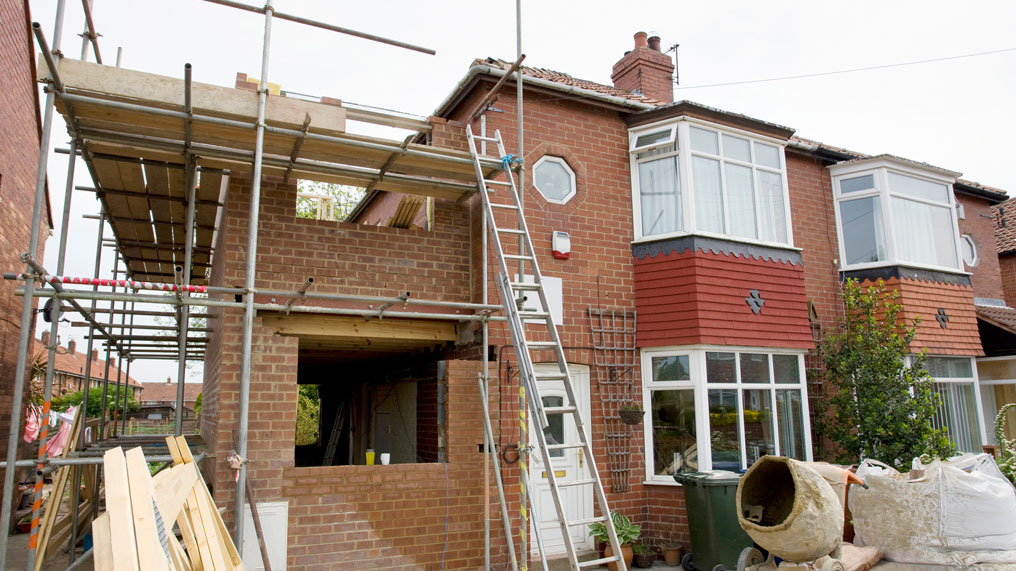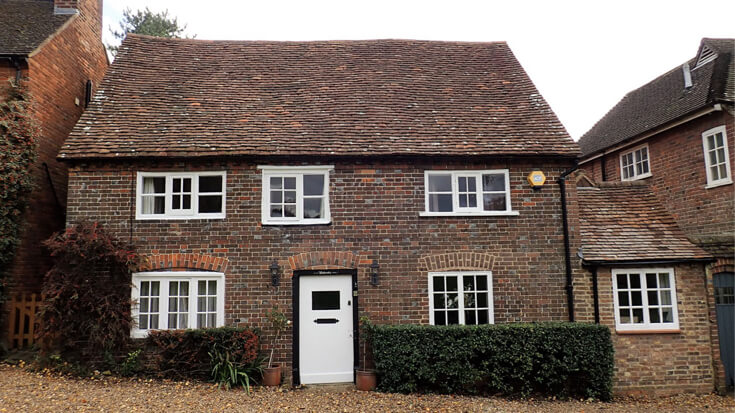So, you’ve got your foot on the property ladder, but how do you make the most of your new home? An extension could add value and give you extra living space.
Read on to find out what some of your options could be.
Single-storey extensions
Many older properties have small kitchens which don’t have space for all the latest juicers, air-fryers, bread makers and other modern gadgets. A single storey extension at the back of a property is a relatively easy, low-cost solution, and you could have an impressive kitchen diner at the end of it. Perfect for wining and dining.
As a guide, you can expect to pay anything from £1,500 to £2,500 per square metre for mid-range properties. You should also factor in an extra 10-15% to cover fees for planning, building regulations, an architect and any other unexpected costs.
Two-storey extensions
If you have space at the side or back of your property, or a garage that isn’t in use, you could potentially build a two-storey extension. This will not only add more space to the downstairs living area, it could also create extra bedrooms and a bathroom.
As a rule, the cost of a two-storey extension is around 50-70% more than a single-storey, so it’s often more cost effective to go all out with a two-storey extension. When done properly, this type of extension can significantly increase the value of your home. And if you’re not thinking of selling up, you’ll earn yourself a fantastic new office, study or playroom.
Loft conversions
Loft conversions come in all shapes and sizes. From boarding over the floor and adding a window in the roof, to complex work such as creating a new roof and installing a bathroom, there’s plenty to be done.
Prices can start from £18,000 and be as high as £90,000, depending on the complexity of the work and the finish.
However, be warned! There are lots of properties that can’t have a loft conversion due to size issues. So, before ploughing ahead and drawing up designs of what your dream loft will look like, make sure to get it checked out first.
Conservatories
The addition of a conservatory is a great way to add space and natural light to your property. Prices vary massively, due to the huge range of options, but that means there’s likely something for everyone.
When planning your conservatory, think carefully about what you want the new space to be used for - a spacious dining area, a place to sit and enjoy the garden, or a play area for the kids? Then, find the right option for you.
Before you get started
Prior to beginning your extension, it’s important to have all the necessary permissions in place.
First of all, apply to your local council for planning permission. Then, if your extension requires building against a wall that you share with your neighbour (known as a party wall), you’ll need to carry out a party wall survey. This is important as it makes sure you have evidence of the condition of the party wall, on both sides, before and after the works are carried out.
Whether it’s worthwhile investing in an extension depends on the how much the value of your home increases as a result of having the work done. If the work costs more than the value gained, you may be better off leaving things as they are and putting your money elsewhere.




